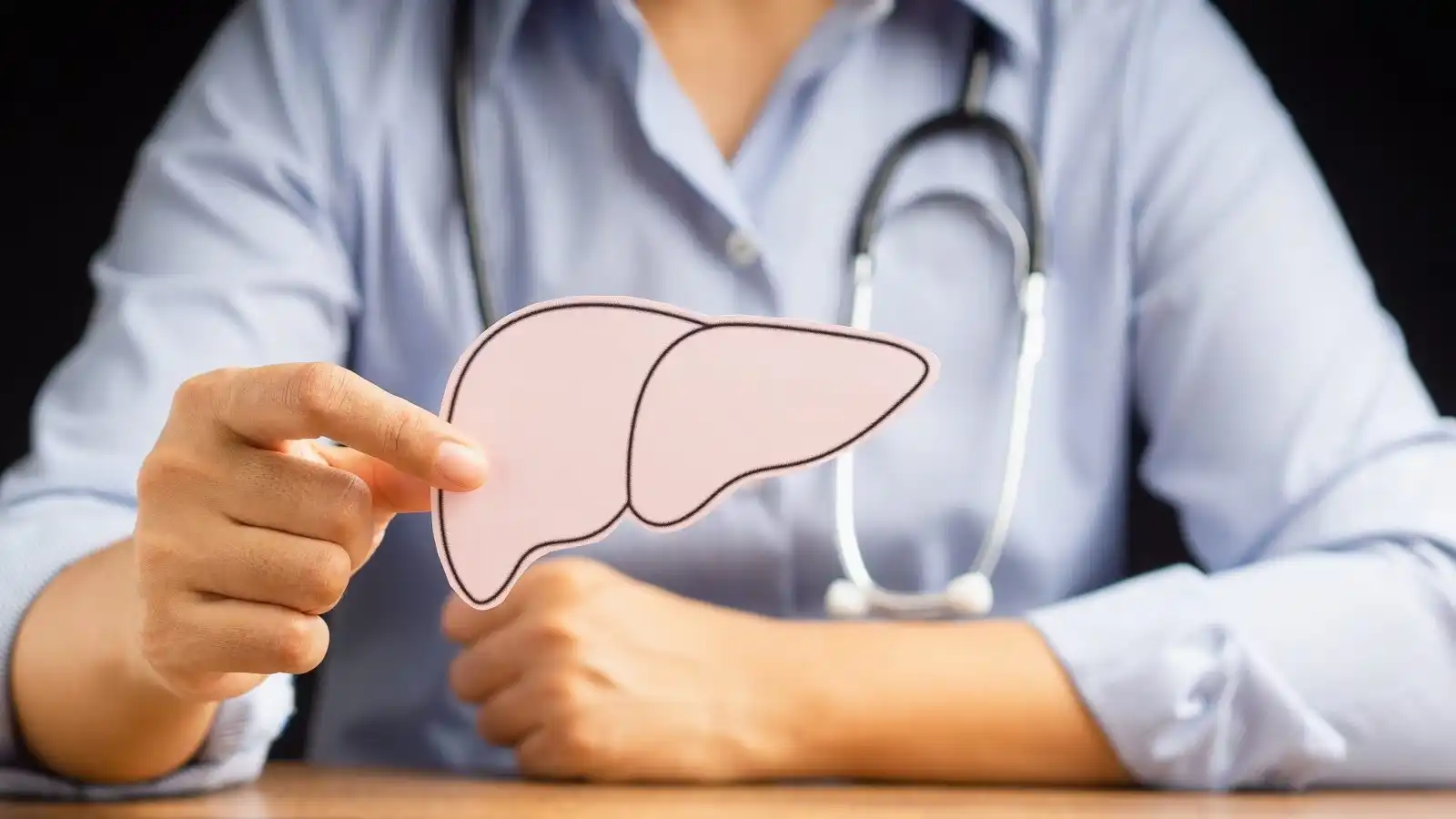Overview
In TARE treatment, the tumor located in the liver is shrunk and made to be treated with surgery. By destroying cancerous cells, the patient gains time for organ transplantation.
Since some cancer patients cannot benefit from chemotherapy, this method provides relief of symptoms. In TARE treatment, microspheres pass through the vessels and reach the tumor area in the liver.
The radioactive substance in the microspheres does not harm healthy parts of the body to reach cancer cells, as in other radiation treatments.
Which patients are suitable for the TARE method?
The most important factor in cancer treatments is which treatment method will be applied to which patient. Before all treatments, the patient's history is taken in detail, and necessary examinations and tests are performed.
The decision of TARE treatment is made by the meeting of physicians from various branches. In this evaluation, which we can describe as a multidisciplinary approach, physicians in the branches of oncology, nuclear medicine, radiology, general surgery, gastroenterology and pathology evaluate patients.
Before the treatment, the first angiography procedure is performed by an interventional radiologist. During this procedure, the vessel or veins that feed the tumor are detected. It is checked whether the liver tumor has spread to other organs.
In addition, calculations of the Y90 microsphere dose to be given to the patient are made. In this procedure, a dye called contrast and a substance called Tc-99m MAA are given by nuclear medicine specialists.
Afterwards, scintigraphy film is taken to calculate the required dose in the Nuclear Medicine Department. Thus, the Y90 microsphere dose is calculated.
How long does the process take?
In order to apply the TARE method, two separate angiograms are performed. 10-15 days after the first angiography, in the second angiography, the inguinal region is anesthetized and a small incision is made.
By entering through the artery through this incision, the liver artery is reached, and from there the artery feeding the tumor is reached. With the help of the catheter, Y90 microspheres are sent into the cancerous tissue.
Y90 microsphere radioactive material is dispersed in the tumor tissue, but it has very little effect on normal liver tissue, that is, it does not harm healthy tissues. This method, which is applied for the target, can take 1-3 hours.
The duration of the procedure is determined by how many tumors are treated and the location of these tumors. After the treatment, the patient is kept under observation in the hospital for 1 night, and the next day, blood tests are checked and discharged, and then he is called for control in about 10 days.
One month after the TARE application, blood tests are performed as well as examinations such as CT, MRI or PET-CT, and the response to the treatment is evaluated. Since this procedure can only be applied to one lobe of the liver, if it is necessary to treat the other lobe, a separate planning is made.
After the procedure, patients may experience fatigue, fever, nausea and vomiting, groin pain or bruising, and mild abdominal pain.
However, with the application of treatments to eliminate these side effects, improvement is achieved within a week.
After TARE treatment, patients can return to their daily lives within 1-2 days.
